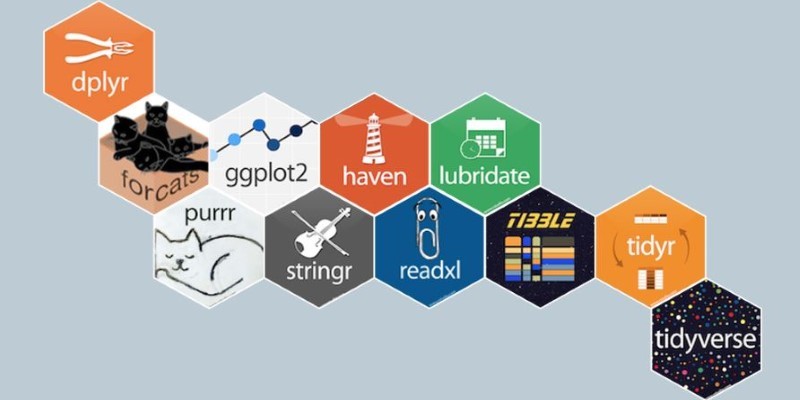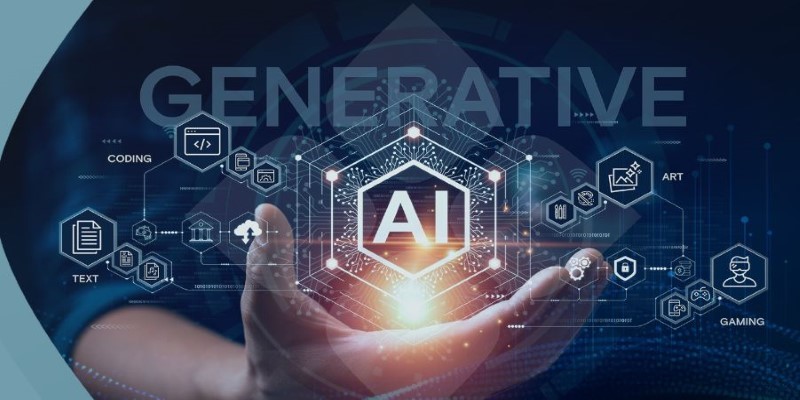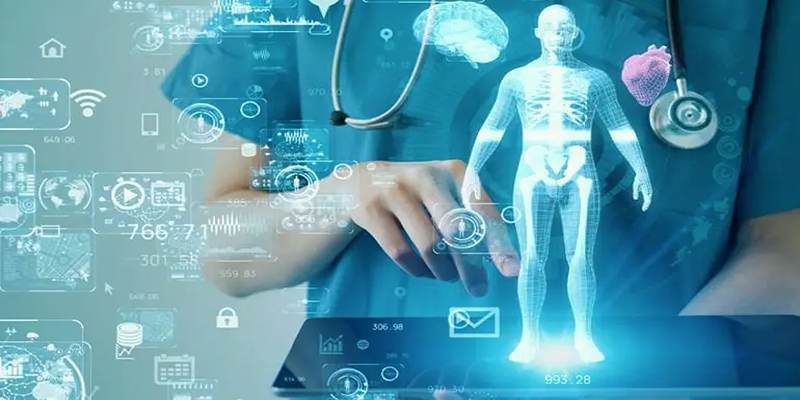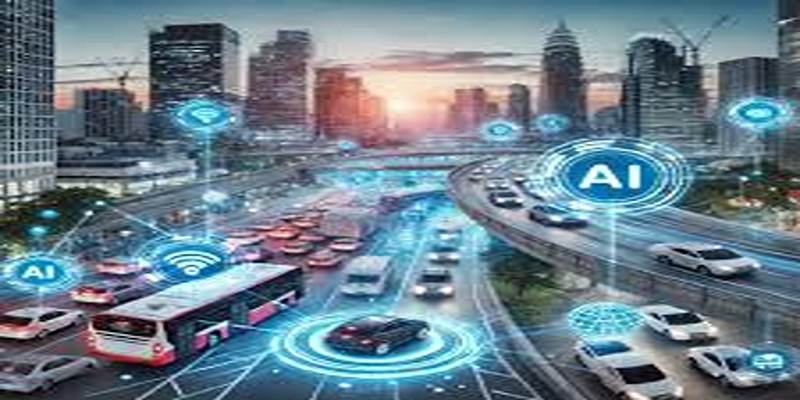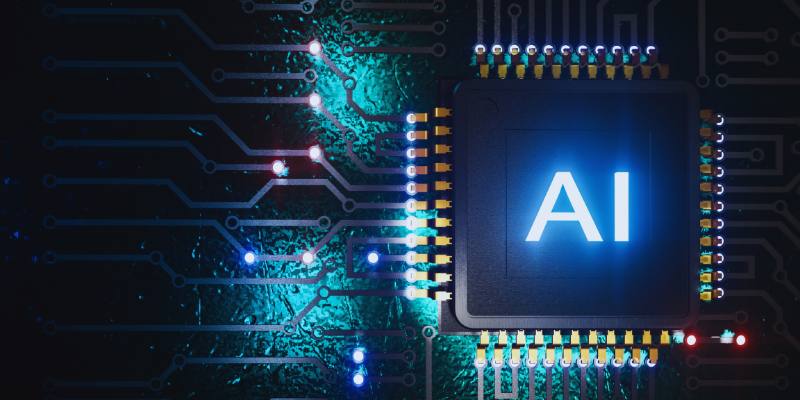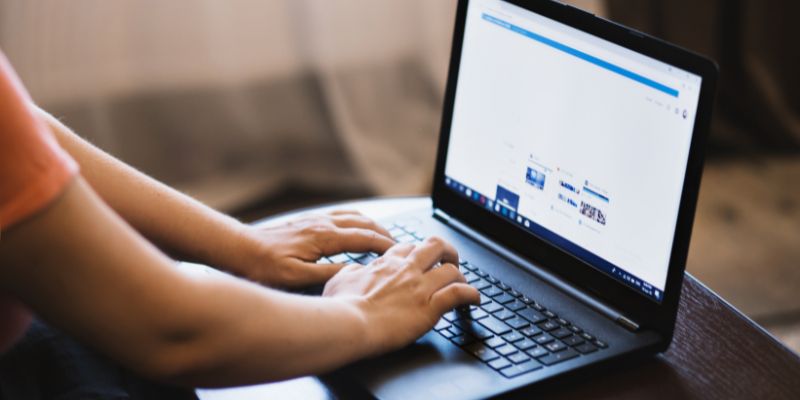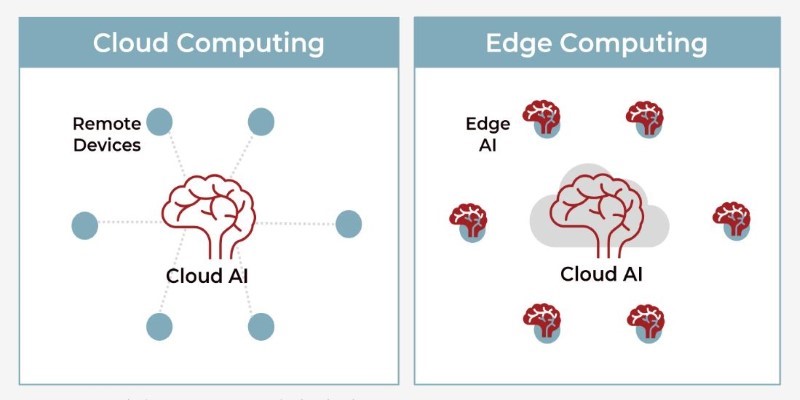In the early days of the Internet, the need for technology that helps users navigate through the internet fell drastically when the internet traffic began to surge exponentially. This particular need was addressed in the form of search engines, which emerged, allowing users to find their required content on the internet with greater ease. But with the introduction of generative AI and its entrance into the search world, things are transformed, providing a new way to search and perceive results.
In the case of search engines, content is indexed to keywords, and when these keywords appear in a search, the particular content gets picked. However, in generative AI, LLMs provide results. Therefore, for now, search results are not limited to keyword relevance. In fact, they provide answers instead of page results. If you want to learn more about these search engines and how they differ from each other, keep reading!

Understanding GenAI Search
GenAI search is regarded as the transformation of traditional search. GenAI search engines use LLMs and large language models to deliver search results and provide different types of experiences. When a user enters a query, GenAI uses LLMs to process the query by understanding, retrieving, and generating responses. In any regular LLM model, it answers the query based on the knowledge up to its training cut-off date, which limits it to providing information prior to that date or point. But in GenAI models, the search engine doesn't have any limits or cut-off points; they act like regular search engines, providing up-to-date information by integrating machine learning and natural language processing to understand queries semantically.
The use and integration of LLM make the engines more capable of fetching information. It benefits in various ways; for example, it can interpret user queries more accurately and can provide direct answers rather than giving links to the resources. Besides that, it provides detailed results and clarifications. It provides integrated information after gathering from different sources and forms a comprehensive response. It can engage in follow-up conversations regarding the topics and queries. Also, GenAI provides more personalized search results that are customized based on user preference, behavior, and experiences. As we progress further in the future, AI models will train and expand to provide us with more accurate, reliable AI-generated responses.
How Does GenAI Search Work?
The generative AI works similarly to LLM, but it incorporates updated information; following is the procedure for how GenAI works:
- Query Input: A query is entered in natural language, which is processed by performing tokenization and keyphrase identification.
- Intent and Understanding: GenAI not only understands the query but also interprets the user intent for it. It tries to differentiate whether the query is informational, navigational, or transactional.
- Information Retrieval: GenAI retrieves information using its knowledge base data sets, which comprise LLM and real-time web crawling.
- Response Generation: When a response is generated against any query, it is the amalgamation of what suits best considering the user query and its intent, which is then refined for accuracy, relevance, and coherence. The response is structured in a readable and coherent format.
- Feedback and Continuous Learning: GenAI systems are always configured to learn and improvise; many GenAI search engines ask for user feedback to improve the quality of their search results.
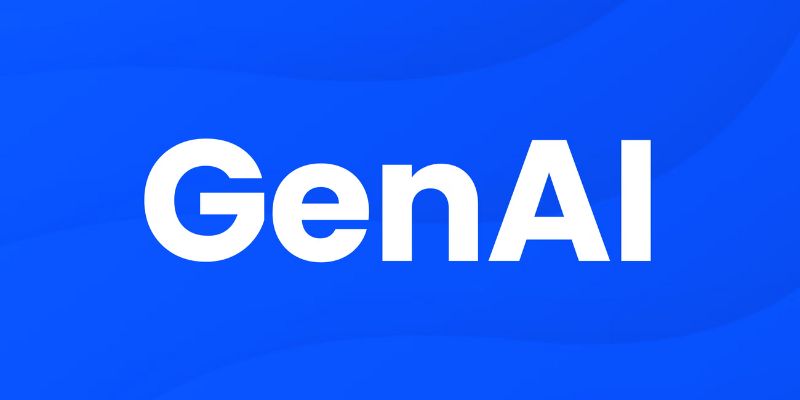
Understanding Traditional Search and Its Working
Traditional search is a conventional method of getting information from the internet or database. It is a keyword-based search where the system searches for an exact match to the words that a searcher or user has entered. The search works on the principle of matching user queries against a massive index of documents. In traditional search, different algorithms that prioritize the document relevancy depending on the placement and frequency of the keywords within a content or text are employed. As far as the working of traditional search engines is concerned, they work differently from GenAI. When a user inputs a query, they provide links to the relevant sources. Traditional search engine follows these steps when a user enters a query.
- Crawling: The first stage of search in traditional search engines involves web crawlers; web crawling is the technique in which bots are used systematically to discover and update pages for content.
- Parsing and Analysis: A crawler performs parsing and analysis, analyzing structural elements like title tags, meta descriptions, headings, and the body of the content. This helps the crawler extract and identify links to other pages.
- Indexing: Indexing is the analysis and categorization of the discovered pages based on their keywords, content, and parsed data.
- Ranking: Search engines' complex algorithms rank the indexed pages according to the quality of the content and relevance to the query.
- Search Engine Results Page (SERP): The final result is shown on the result page, where links are presented based on their ranking, including a title, URL, and a snippet of the content.
Key Differences Between Gen AI and Traditional Search Engines
There are many key differences between Gen AI and traditional search engines, including how they process, interpret, and respond when a query is given to them. Here is how they differ from each other:
- Response: Gen AI provides a direct or conversational response to queries, while traditional search engine provides a list of links with snippets against a query.
- Content Generation: GenAI can generate new content based on available information. However, traditional search engines provide only existing information.
- Query Interpretation: GenAI interprets and understands a query at an advanced level due to LLM and user intent understanding. While traditional search engines primarily rely on keywords, with semantic understanding,
- Contextual Awareness: GenAI maintains the context throughout the conversation. Traditional search engines have a limited understanding of context awareness and treat each query separately.
- Information Synthesis: GenAI provides results after combining different sources, and the traditional search engine shows each source separately.
- Update Frequency: GenAI can incorporate recent information, while traditional search engines depend on crawlers and indexing cycles for updated information.
- Personalization: GenAI can tailor responses based on conversation history. The traditional search engine provides personalization based on user data and search history.
Conclusion:
Search engines are considered the backbone of modern-day searches, but with the advent of AI in recent years, GenAI provides us with a new way to browse and search the Internet. Now, users can get answers to their queries more precisely and accurately. They can also interact with and add input to their answers to further enhance and refine their search results.

